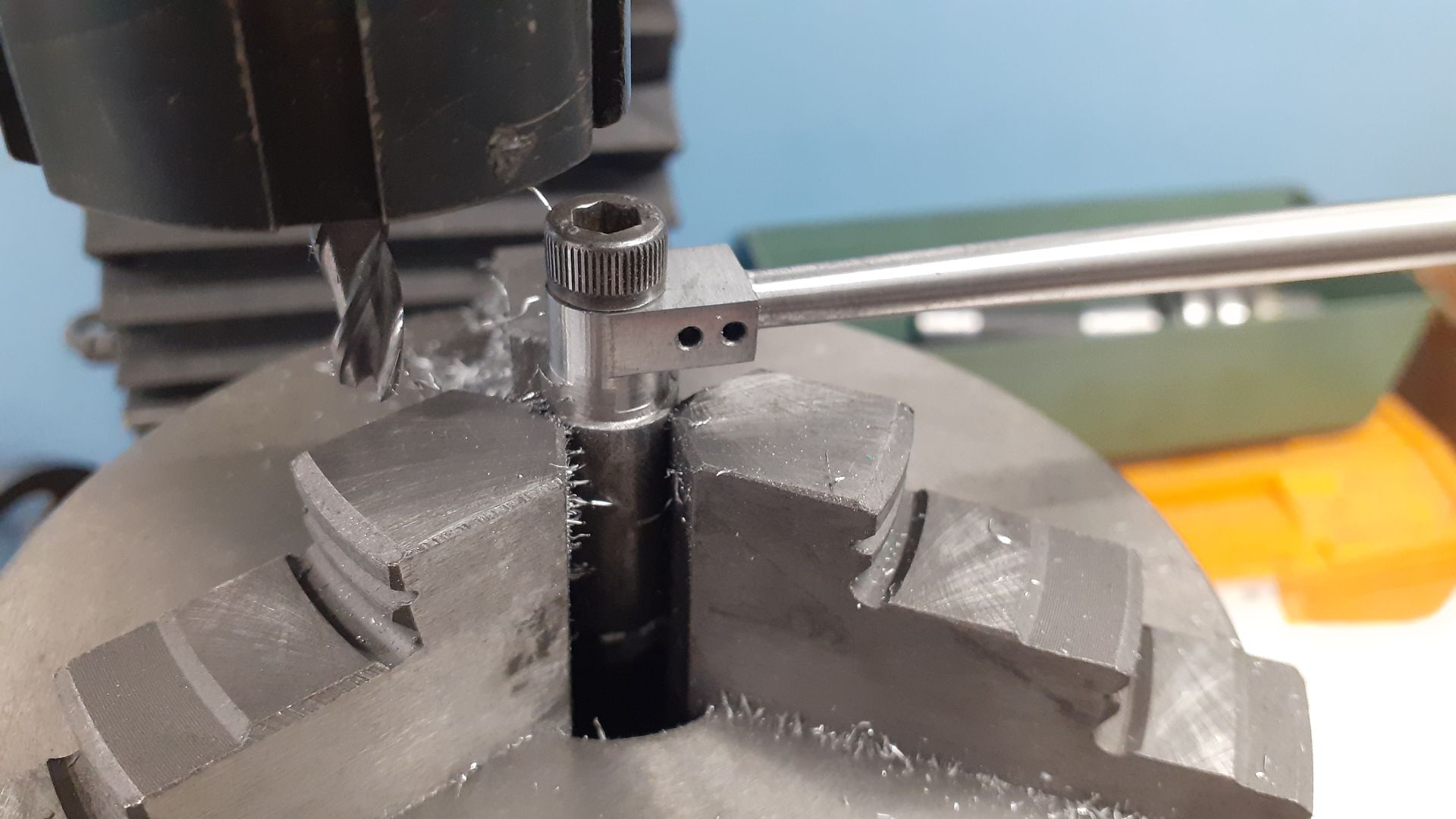Well yesterday turned out to be a long day, dragged out of bed by a work phone call and didn't get back until eating time, so I didn't get anything productive done except paying the bills.
I was watching a young man by the name of Keith Appleton, who has been known to mess with this kind of engine, and I came across a series on rebuilding two old models of exactly the type I'm building. One of them had worn out main bearings and he explained how he would drill and ream the holes then install a bush. Excellent I thought, here's where I find out how wrong I did it on mine. Here's a link
He drilled and reamed the holes as I'd expected, then made and fitted cast iron bushes. But decided to make them longer! What the .... is going on here?? I'd just finished pressing in my Oilite bushes and machining them to length and trying for a +/- 0.005" tolerance on the sizes. And here is the guy on YouTube kind of guessing the length and it turns out better than the original.
Time to get realistic on the dimensional tolerances on this thing, I think. I haven't seen a single reference to an overall standard and none of the dimensions have a tolerance, not even cylinder bores and stuff where you'd expect it. If possible I'd like to leave the flanges on the bushes as thrust bearings, not that I expect that they'll be necessary, but might look like they're meant to be there.
I'm going to have to go back to the drawing board and work out if I have space for the flanges and how much Oilite I need to cut away, as longer is better with these things.
Is there a standard tolerance that people use when making these models? I've not tracked one down.











































































